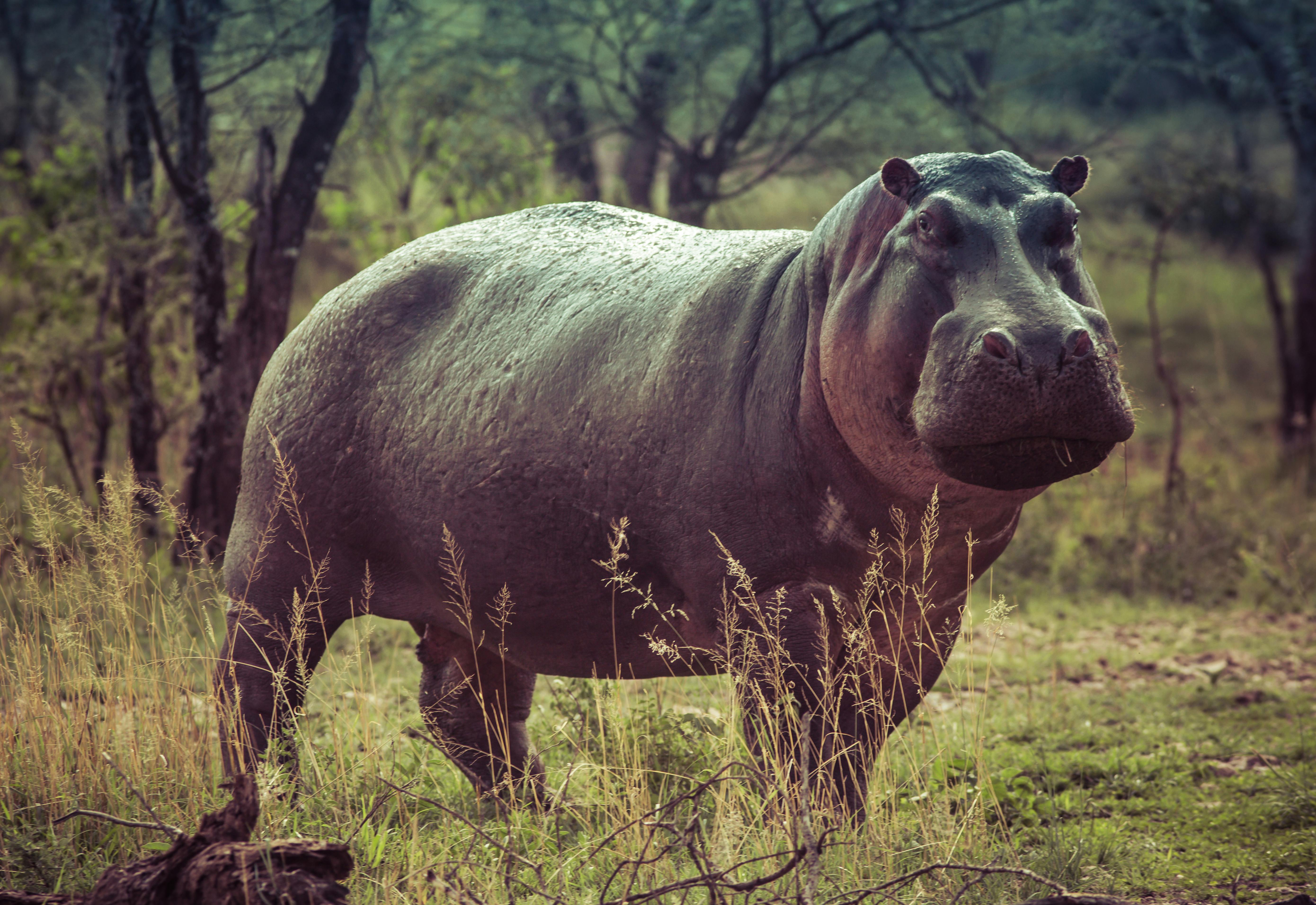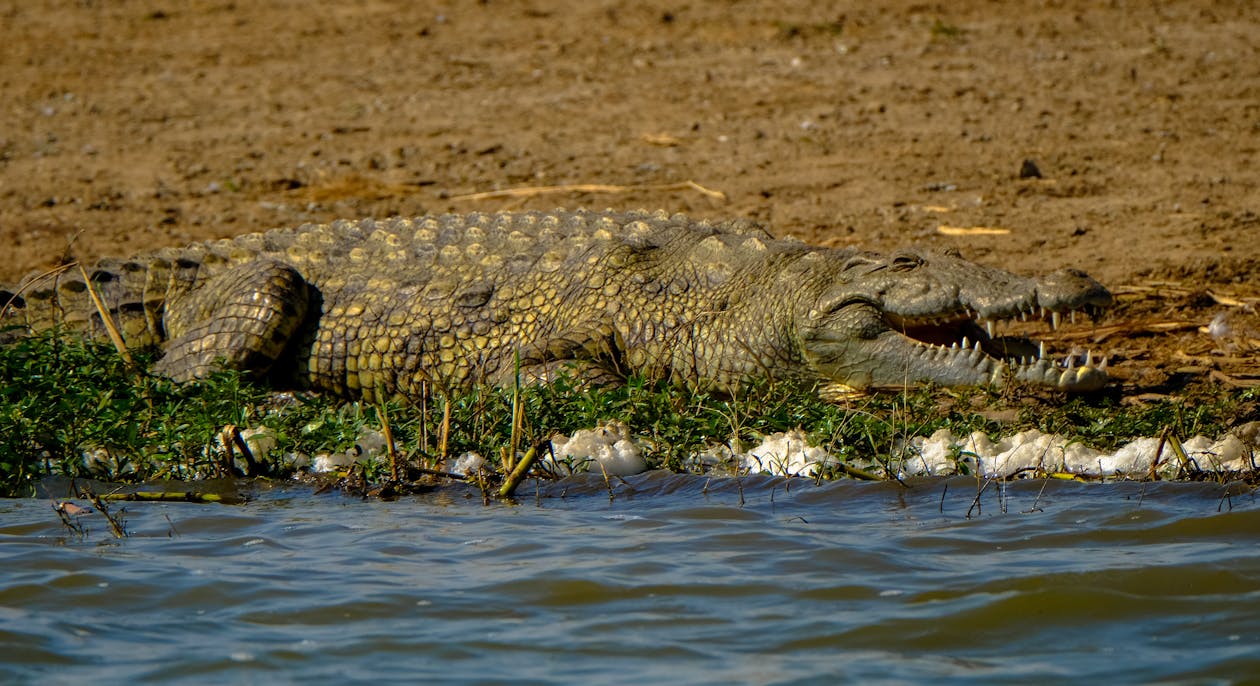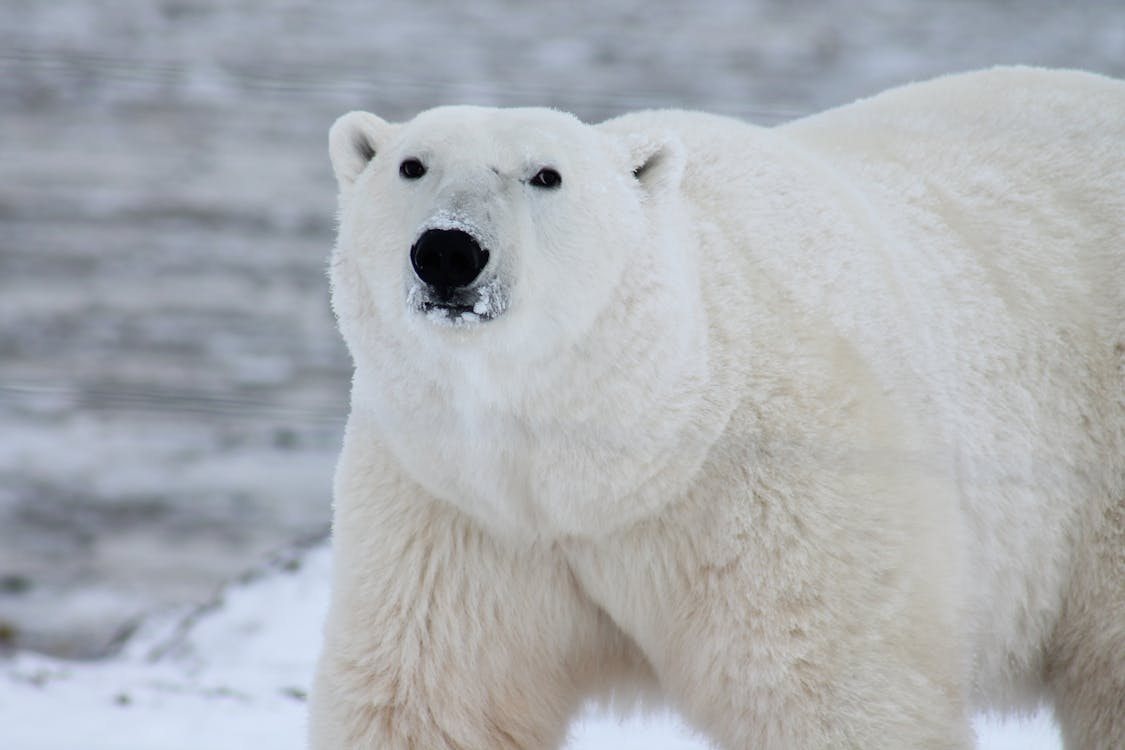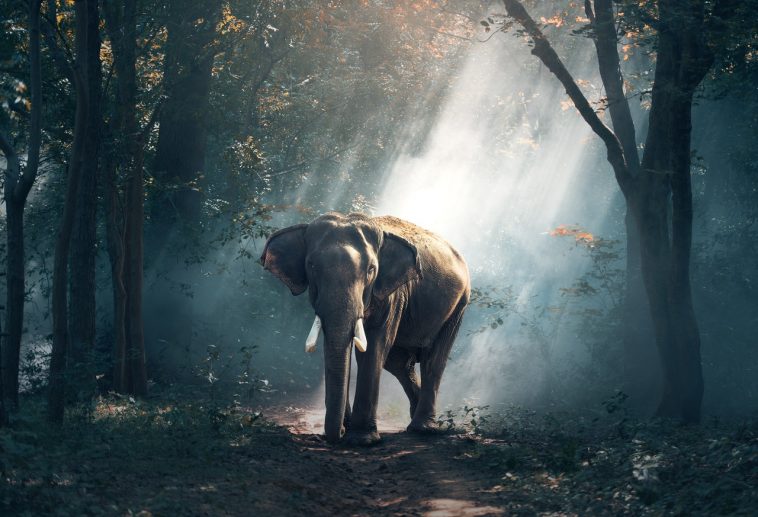It’s no secret that animals come in all shapes and sizes—big and small, long and short, scaly and furry. But did you know that some of the biggest animals in the world live right in our oceans? You might not ever get to meet one of these massive marine creatures in person, but it’s fun to learn about their impressive size, which can rival that of some of the biggest land animals on earth! Read on to learn more about 10 of the biggest animals in the world, listed by size.
The Blue Whale
Contents

The largest animal that has ever lived, in fact, is a blue whale. The average blue whale is about 100 feet long and weighs 150 tons. A full-grown adult can eat over four tons of krill a day. When it comes to its size, not even dinosaurs compare; even Diplodocus—an enormous dinosaur measuring some 78 feet long—looks like a little kid next to Bluey.
The African Elephant
An adult African elephant weighs between two and four tons. It is considered to be a herbivore and feeds on leaves, grasses, fruits, seeds, bark, roots, stems, and even flowers.
The Hippopotamus

Male hippos weigh about 4000 pounds and measure about 7 feet long. Even though they’re not as massive as elephants, their rotund frames allow them to store huge amounts of energy and fats in their cheeks, making them very dangerous. In fact, once a hippo bites down on its prey (largely wildebeest), it will hold on for dear life. As a result, humans are highly susceptible to being hurt or killed by these deadly creatures.
The Rhinoceros
With a body length of more than 2.4 meters (8 feet) and weight ranging from 3,200 to 6,000 kg (7,000 to 13,000 lbs), it is not surprising that rhinos are massive animals. Add their thick skin and huge horns and you have one strong beast. No wonder they’re one of only three species protected by an international conservation treaty!
The Tiger Shark

The largest recorded tiger shark weighed 891 pounds and was a staggering 12 feet long. Tigers are also among nature’s fastest creatures, able to cruise at a top speed of 22 miles per hour. They’re also some of Earth’s most resilient sharks; they can swim for up to three days without stopping and continue living after losing up to 75 percent of their blood supply.
The Great White Shark
When it comes to size, you’re unlikely to find a creature that beats a great white shark. These massive fish have an average length of 15 feet and can grow even bigger—with some recorded at up to 20 feet long. They also weigh 2,300 pounds on average. While it may not be a good idea to go swimming with one, you should note that their attacks on humans are incredibly rare—and their impressive size is part of what keeps them from being aggressive toward us.
The Nile Crocodile

Usually found in sub-Saharan Africa, Nile crocodiles have some impressive stats. Males can reach over 20 feet and weigh close to 2,200 pounds. They are considered to be one of the most dangerous animals on Earth, primarily because they’re stealthy and tend to lurk close to shorelines. Typically, though, Nile crocodiles do not attack humans unless they feel threatened or provoked; those who live near bodies of water should be careful when swimming or boating.
The Saltwater Crocodile
They can grow to 23 feet long and weigh more than 2,200 pounds. Saltwater crocodiles are one of only two species, along with Nile crocodiles, that can grow to such immense sizes. They live in subtropical or tropical environments near coasts and rivers where they enjoy basking on land by day and hunting at night. Unlike most other reptiles, they’re active during warm weather and don’t hibernate during winter months.
The Male Polar Bear

Polar bears are huge. They average about 700 pounds (317 kilograms) for males and 800 pounds (363 kilograms) for females, but some can be significantly larger. The largest recorded polar bear was reportedly a male shot by an explorer near Alaska’s Yukon River who weighed at least 1,200 pounds (544 kilograms). But given that polar bears are difficult to weigh and measure accurately, it’s unlikely we will ever know how much larger than 1,200 pounds any individual could grow.
The Western Lowland Gorilla
While most gorillas are smaller than humans, western lowland gorillas are massive, even for apes. Adults can weigh up to 280 lbs., making them one of largest primates. And their arms and legs are so long that they can walk on all fours without stooping over. When you see a western lowland gorilla, you’re probably looking at an animal that’s at least 30 years old—the species has one of slowest growth rates among mammals.



GIPHY App Key not set. Please check settings